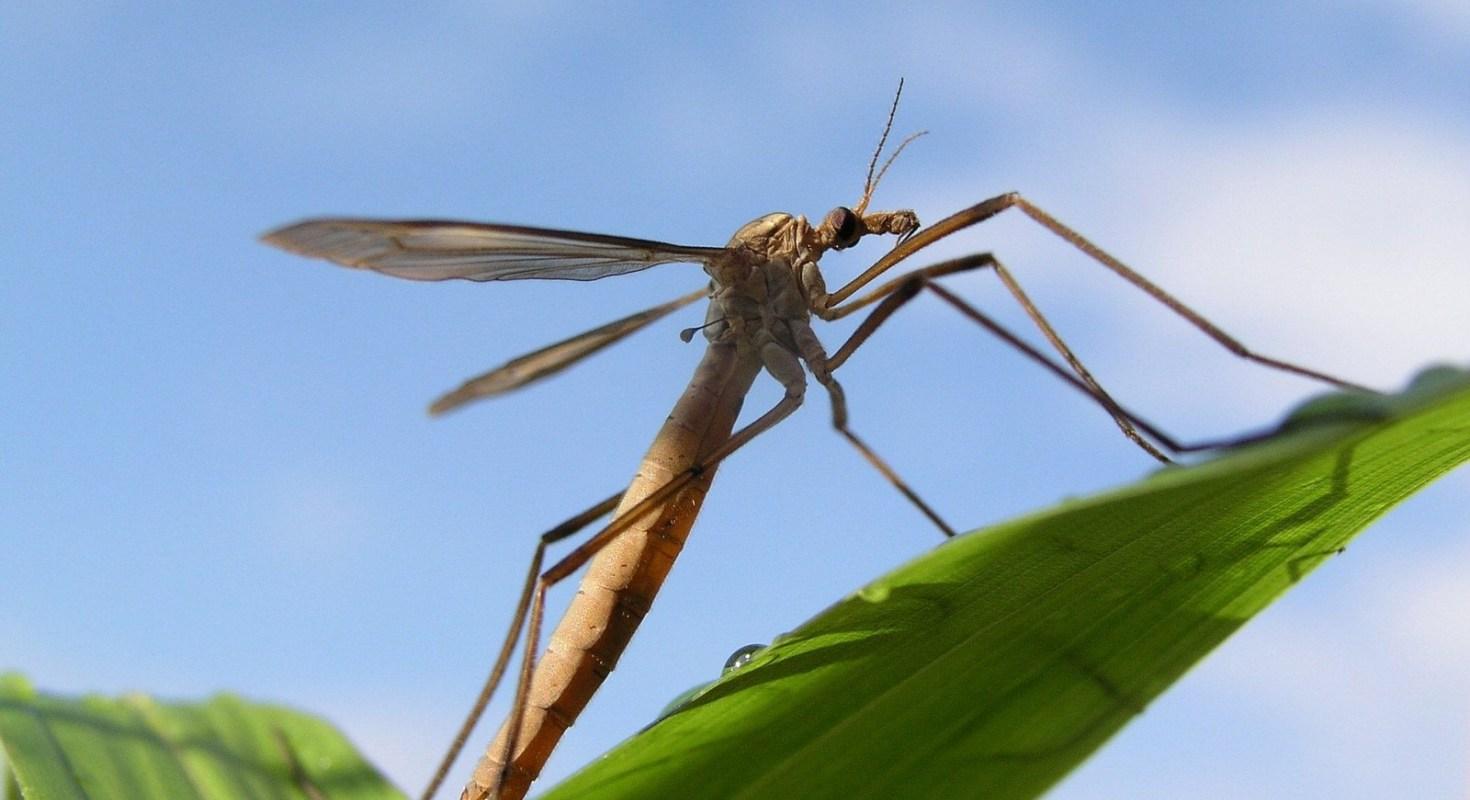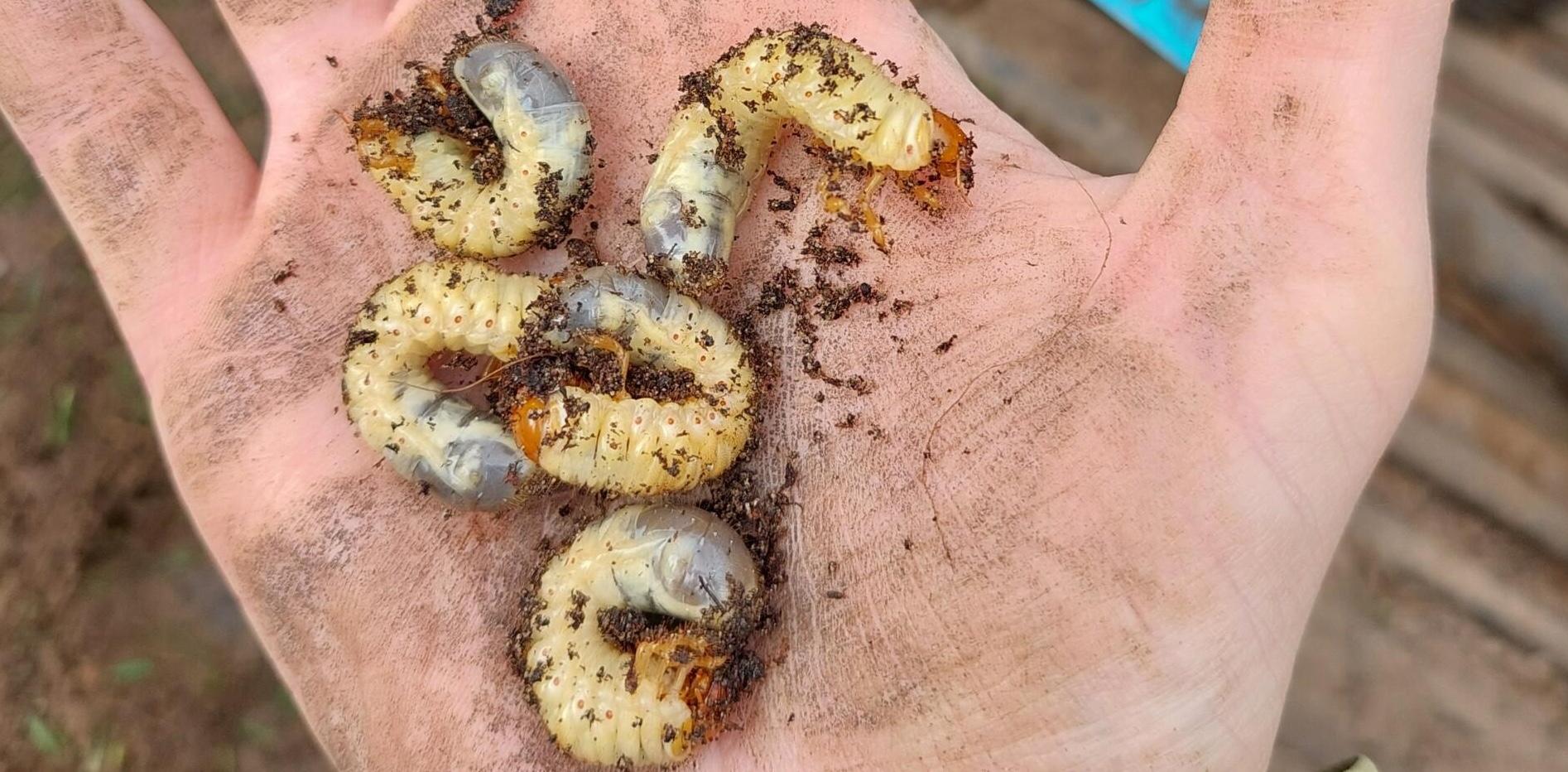Well it's started - I wrote a couple of weeks back about (click here to see ...) the two distinct hatches we saw in Craneflies last year.
This Spring has been painful for Course Managers and I suspect we are now seeing the true scale of the challenge we face managing this pest.
We have been without Chlorpyrifos since 2015 and I suspect the residual impact of the product (interpret that any way you wish) is now over. So for the first time we're beginning to understand the true life cycles of the insect and how large an untreated spring hatch really is.

Those that have seen problems this spring have noted the seemingly wide range of ages and sizes they are seeing in the sward at the moment. This is also reflected in last years flight data that all you Syngenta PestTracker contributors helped with last year.

Last year we started seeing the hatch start around the 12th April, this year its started around the 20th April. (21 sightings by the 22nd April)
The really interesting point is the peak of the hatch though - last year that was around 10th May - or between 300 - 450 GDD from the 1st Jan.
I've had a look at the GDD data and most places that are logging sightings are above 240 GDD with two exceptions in Scotland and Northern Ireland which is only around 120gdd.
I suspect even in the areas we've seen hatches we're still a couple of weeks away from the main hatch. The main peak in 2019 was between 300 - 450 GDD. That's probably a while away in some areas of the country. As far as I'm aware this is the first time anyone has tried to put together a GDD model together on cranefly (i'd be really happy to be wrong on this one). Whilst it won't solve the problem by itself, an in depth understanding of the pests lifecycle will give us clues to the best management programmes.
Please keep logging your sightings - They only survive a few days so don't be afraid to log sightings even if you've done it recently. If your seeing them fly then they are still hatching.




